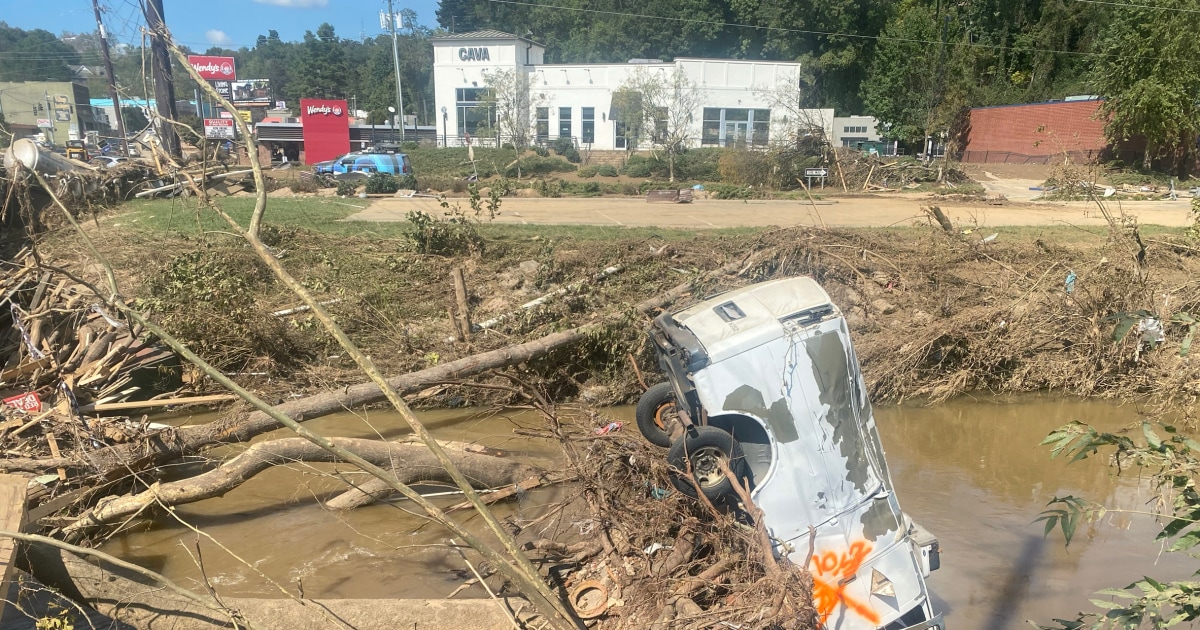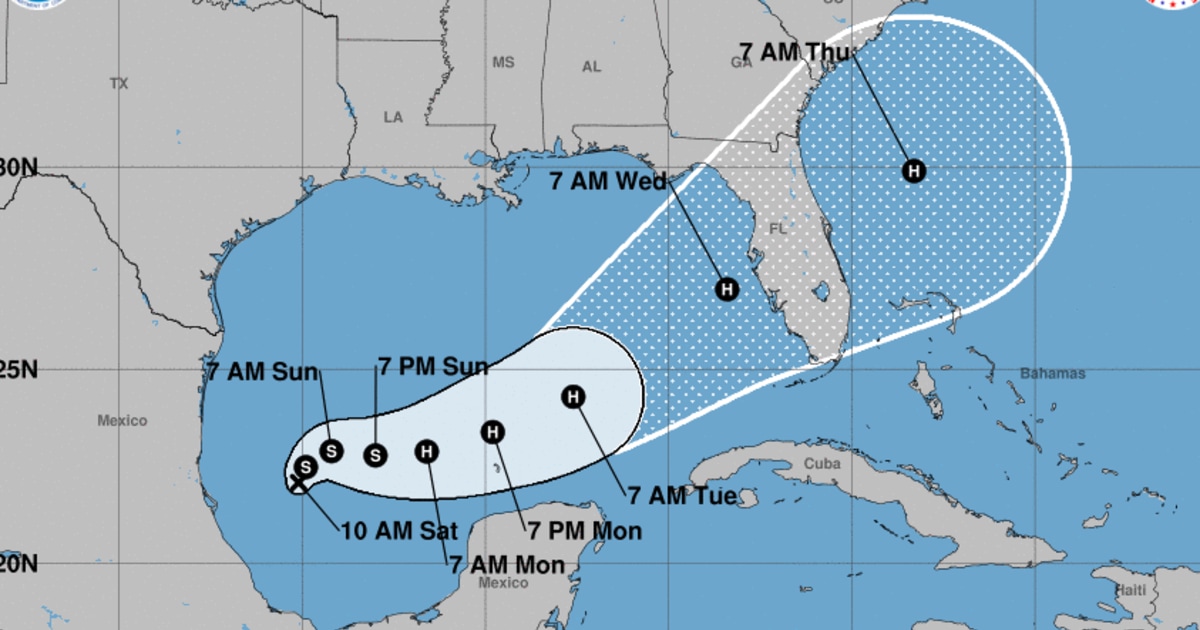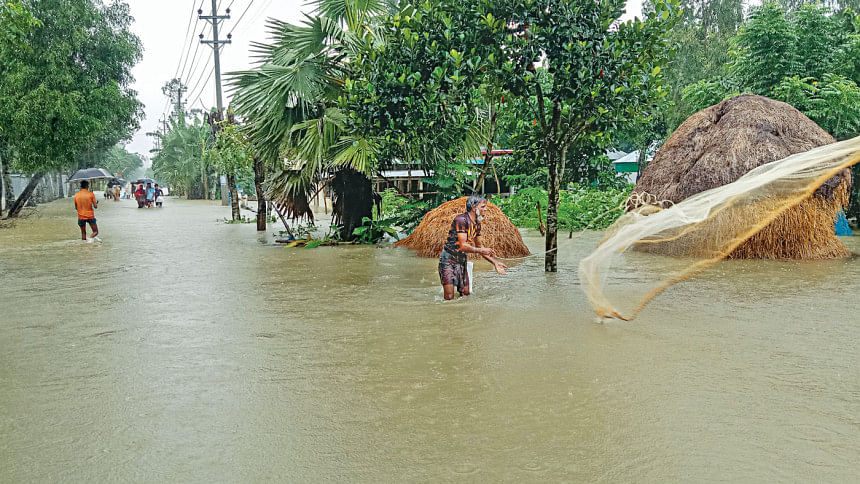
Greetings from the Yakima County Noxious Weed Board. Weeds seem to be the most visible lawn and landscape pest and will always be a major headache for homeowners. Weeds have evolved to be tough and opportunistic, taking advantage of thin areas in our lawns, landscape beds or fields and pastures the moment we turn our backs.
Once established, weeds not only compete with desirable plants for space, light, water and nutrients, but look downright unattractive. When only a few weeds are present, they can be pulled or dug up by hand, but some weeds are extremely difficult to control. If root sections remain for difficult weeds, the weed can regenerate and grow again next year.

In Yakima County, fall is a great time to gain control of noxious weeds. Biennial and perennial weeds are forming rosettes and growing rapidly in these cool, moist days. By controlling their rosettes of new growth now, you’ll get ahead of the spring bolt of weeds such as Scotch Thistle, Hound’s Tongue and Knapweed.
Fall is also a great time to gain control of toxic plants. Native and forage grasses are browning and drying off, while plants such as Hound’s Tongue, Knapweed and Yellow Star Thistle are still persisting. Toxic to livestock, animals typically avoid these plants when other vegetation is available.
However, an animal is more likely to consume a toxic plant when their preferred vegetation has been grazed down or killed by frost. Check areas of your garden or landscape where you’ve had troublesome weed issues in the past. Often, old dry plants will mark the locations of new weeds.
There are two options for fall control. With a shovel, hoe or your favorite straight shafted weeding tool (similar to an asparagus knife), cut the offenders off below the soil surface, typically an inch or two below the crown or growth point. If the weed has gone to seed, carefully collect all the plant material, place it in a plastic bag, and dispose of it as garbage, rather than compost.
The other option is to use a broadleaf herbicide. For good control, it's critical to target weeds at their most vulnerable stage, so it's very important to make herbicide applications at the right time of year. In the fall, before we’ve had a hard frost, perennial weeds are busy moving carbohydrates produced by photosynthesis to their roots for winter storage, instead of to upper plant parts for continued growth.
If herbicides are applied at this time, the chemicals are transported to the roots along with the carbohydrates, killing the entire plant instead of just the parts above the soil surface. Select an appropriate broadleaf herbicide, and mix and apply it exactly as the label directs. Make sure to add a liquid surfactant (1/2 ounce per gallon of solution).
If you’re not sure if you have a noxious or toxic plant on your property, contact the weed board and schedule a property walk to check. Weed control is possible through persistence and diligence to prevent new seed production. We offer free presentations and discussion meetings to help with noxious weed identification.
If you or your group or club would like a presentation or visit from our outreach specialist, give us a call at the office 509-574-2180 or cell 509-945-3357. You can visit our office at 1213 S. 18th St.
in Yakima between 8 a.m. and 3 p.
m., Monday through Friday. We are always happy to assist with questions regarding weed identification, herbicide applications, toxic plants and more.
• For any gardening questions, contact the Master Gardener Clinic at 509-574-1604 or email [email protected].
us ..














